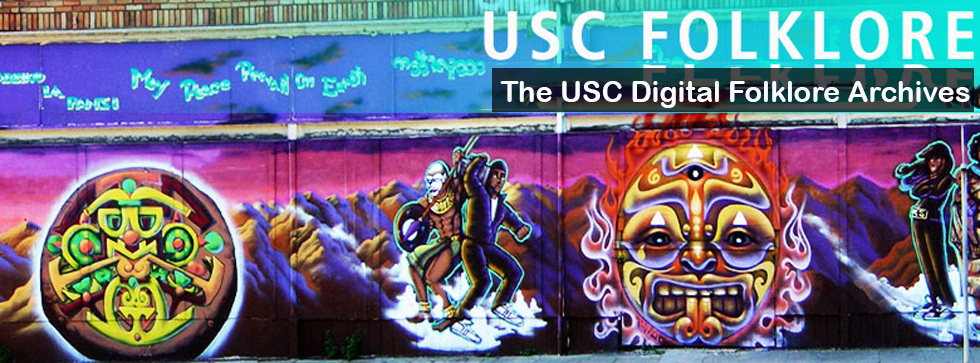Text/Context: “In 5th grade, everyone in Long Beach unified school district went to Camp High Hill, up in the LA mountains. There were a lot of traditional camp stories and all that, but the scariest was the story of the Big Red Bat. We didn’t know exactly what it was, but sometimes the counselors would mention it, saying something about the ‘Big Red Bat that was up in the trees,’ and never elaborate. There was an air of theatrics about it, clearly egging on our panic about the Big Red Bat and the forest itself, but we were 5th graders so we all believed it. One night, the night of a group night walk, we were sitting in the amphitheater before setting out. The head counselor told everyone that while he knows people are worried about the Big Red Bat, he was actually friends with him so there was nothing to worry about, but no one believed him. After a lot of unease, we finally started walking. When we got to where it supposedly was, he told us, “Alright guys, I’ll hold it at bay, but if you wanna take a peek, now’s your chance” We looked up, and nestled in the trees, was a big red baseball bat.”
Analysis: This is quite the funny story, but I think it shows the power a piece of folklore like a bit scary creature hiding out in the woods has. It was clearly used as a means to discourage kids from venturing out when they weren’t supposed to, but the execution is what I find particularly interesting. The Big Red Bat wasn’t a complete fabrication, it was a play on words that doubled as a deterrent for troublemakers. It makes me wonder if its origin is accidental, like if someone swung the bat but let go at the height of their swing and got it stuck up there for good. Regardless, it definitely worked out because it became both a funny story and a useful warning.
